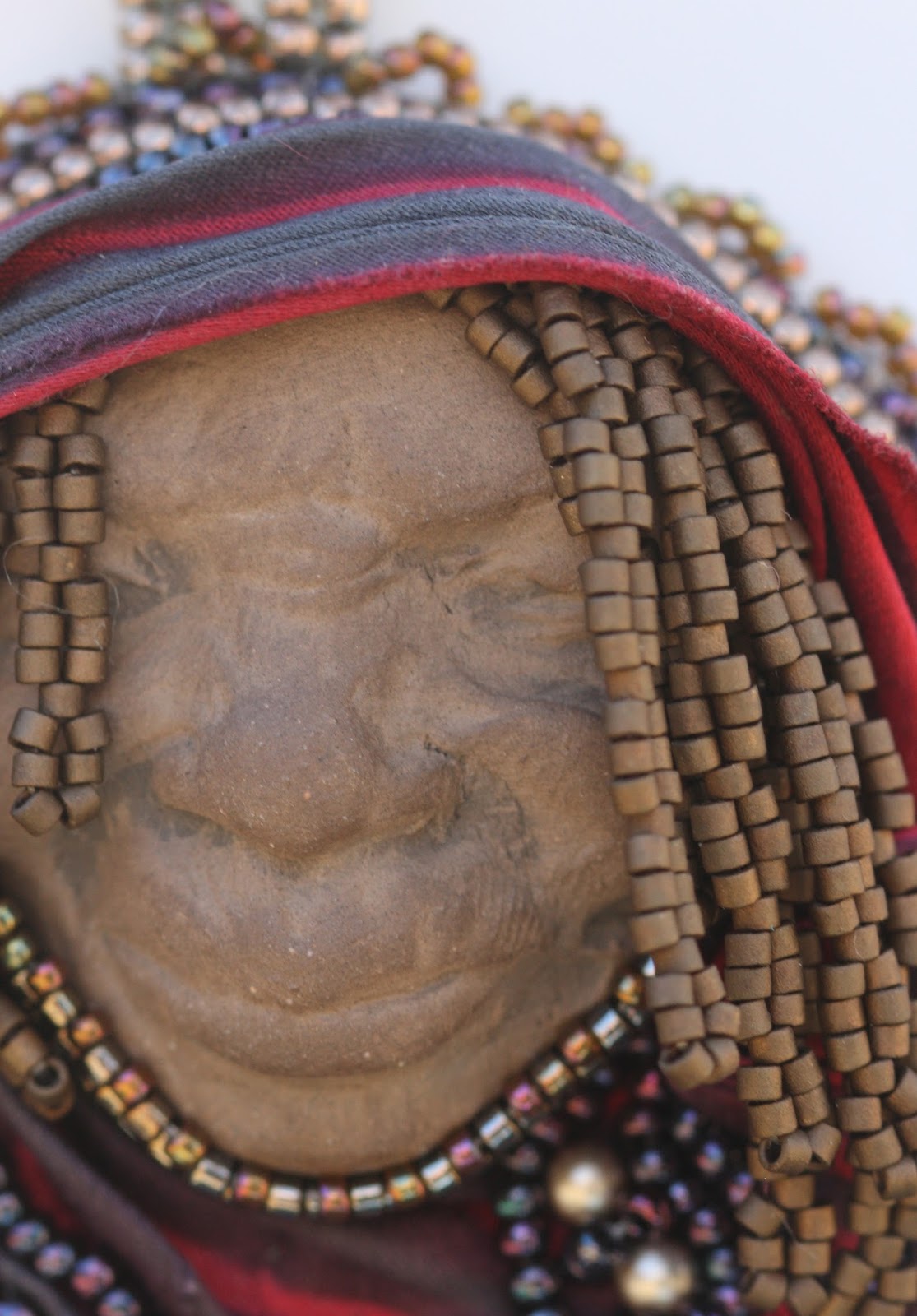I was excited to see the pattern for Lisa Smeltzer's
Dragon's Eye Pendant at
Blue Buddha Boutique.
Blue Buddha marked this as an expert pattern and I could see why. You need to know European 4 in 1 and half Persian 3 in 1 *very* well and you need to know how to join the edges. A few of the ring placements are very tight as well.
Since I knew it was a hard project going in, I went slowly and checked the pattern every 4.5 seconds to make sure I was doing everything correctly.
The first part, European 4 in 1, was straight forward, as was the Persian edging. The joining of the edges, though, was another story.
After more attempts than I care to admit, I started from scratch and found that it was easier for me to join the base before adding the edging. After that it was smooth sailing until the very last step.
The front of the pendant looked great, but I couldn't get those pesky rings to work on the back.
This is the front:
This is the back:
Do you see how the violet rings are sitting on top of the copper rings? That isn't correct.
I tried several times, but resigned myself to the fact that the back rings would sit on top. It didn't really look that bad, right?
I posted my pendant to Blue Buddha's
facebook page. Someone there was kind enough to draw my ring path on my photo and put it side by side with a photo showing the correct ring path. Then it clicked.
I have no idea what I was doing wrong or what I started doing right (they still look the same to me), but it worked!
I quickly (well, I gathered the materials quickly) made another pendant.
I noticed that aluminum rings in the middle were not as tight as the copper rings I had used in the first pendant. I tried another with brass rings in the middle.
Brass rings were also looser than copper ones. I liked the way these two looked, so I took the first pendant apart and re-worked it with aluminum rings in the center.
I might try another with copper in the center, just to see if I did something different/wrong on my first try. Different metals, though, sometimes yield different results, so it might just be that copper rings are tighter than other metals.
I noticed that the last pendant worked up much (much) more quickly than the first and second ones. I'm excited about that because I want a small army of these things.
I think they will look great as pendants and I want to build necklaces around them.
These are not for the faint of heart, though. Each pendant measures about 2 inches in diameter -- pretty substantial. Luckily, aluminum rings are very light and the pendants are not that heavy.


























